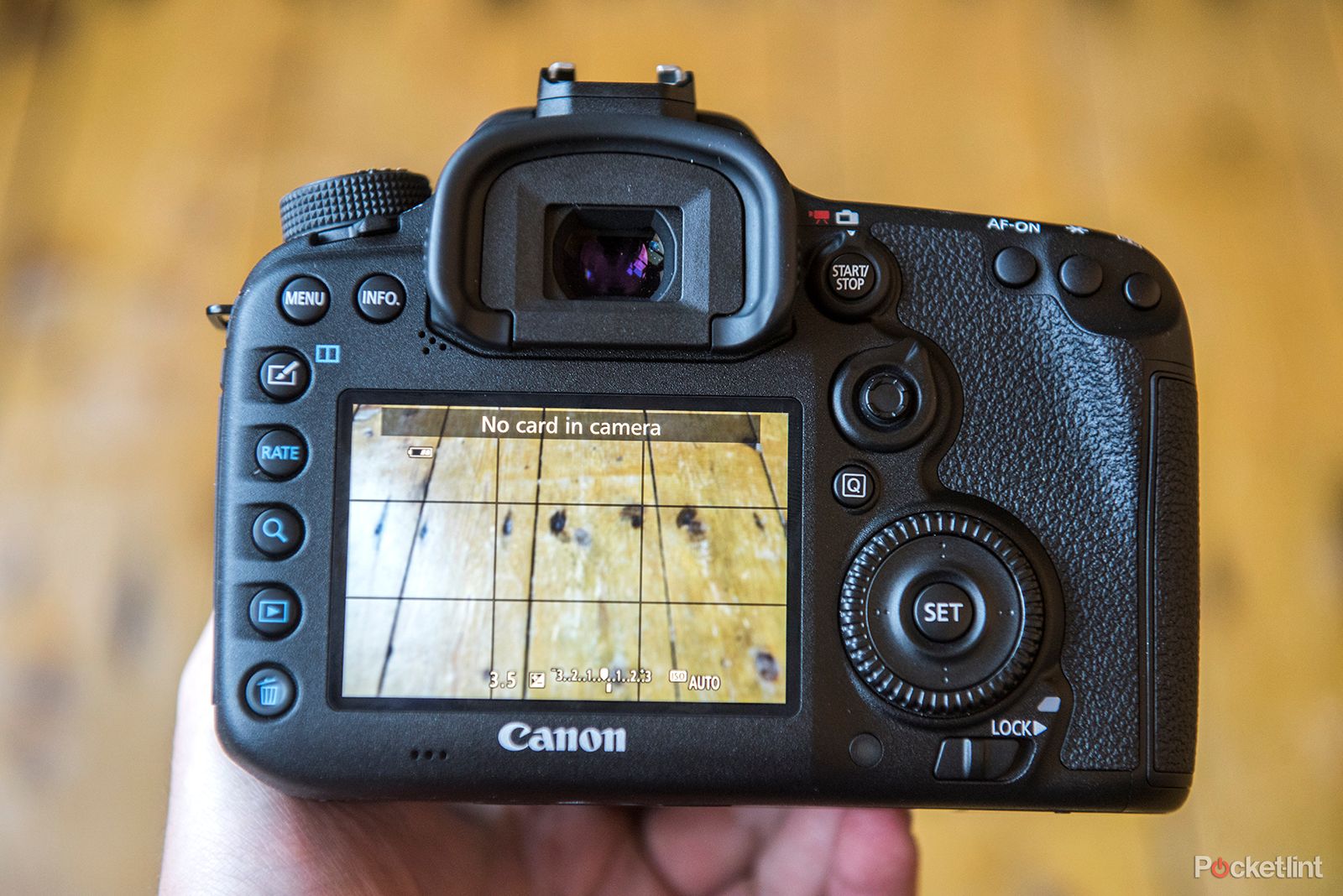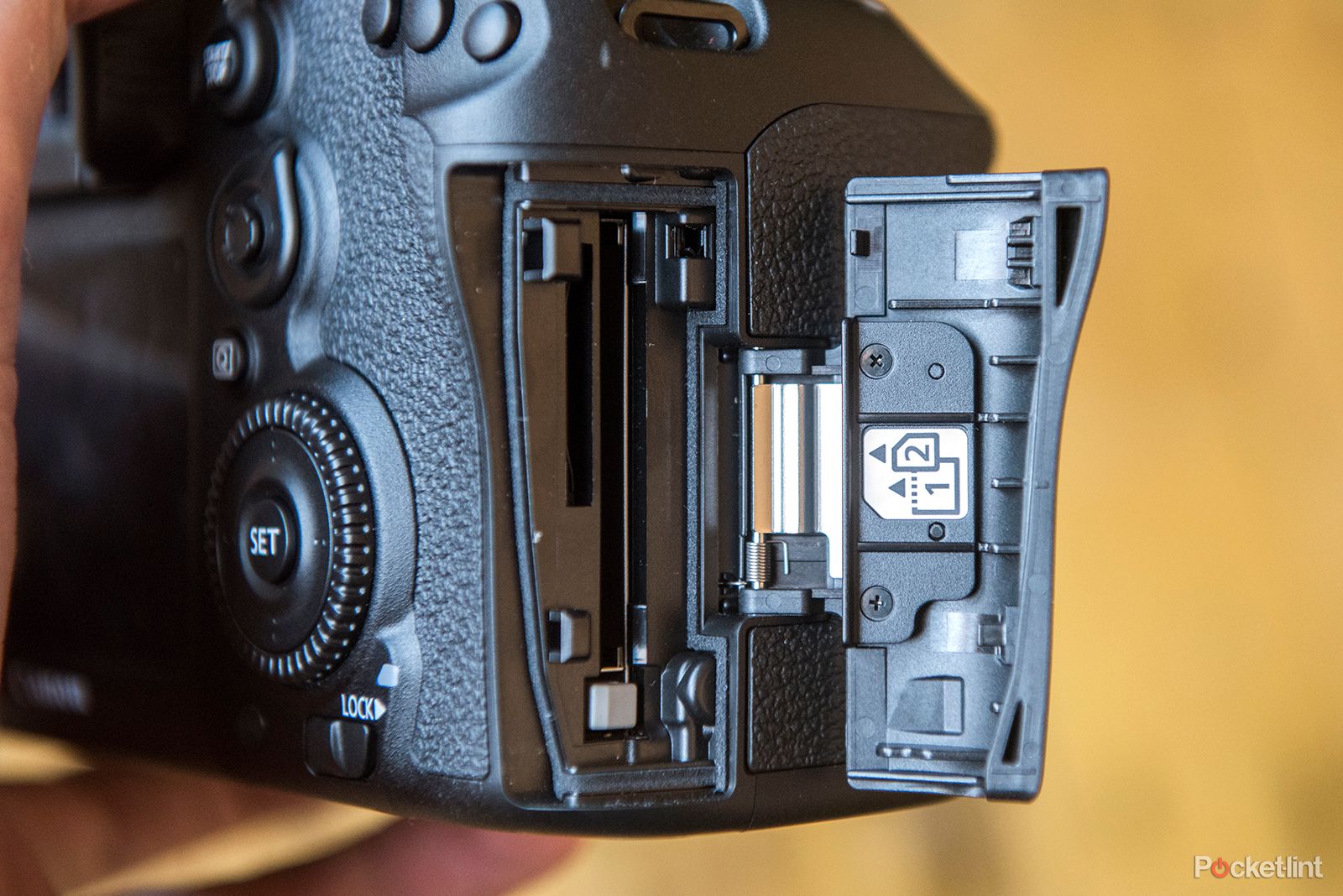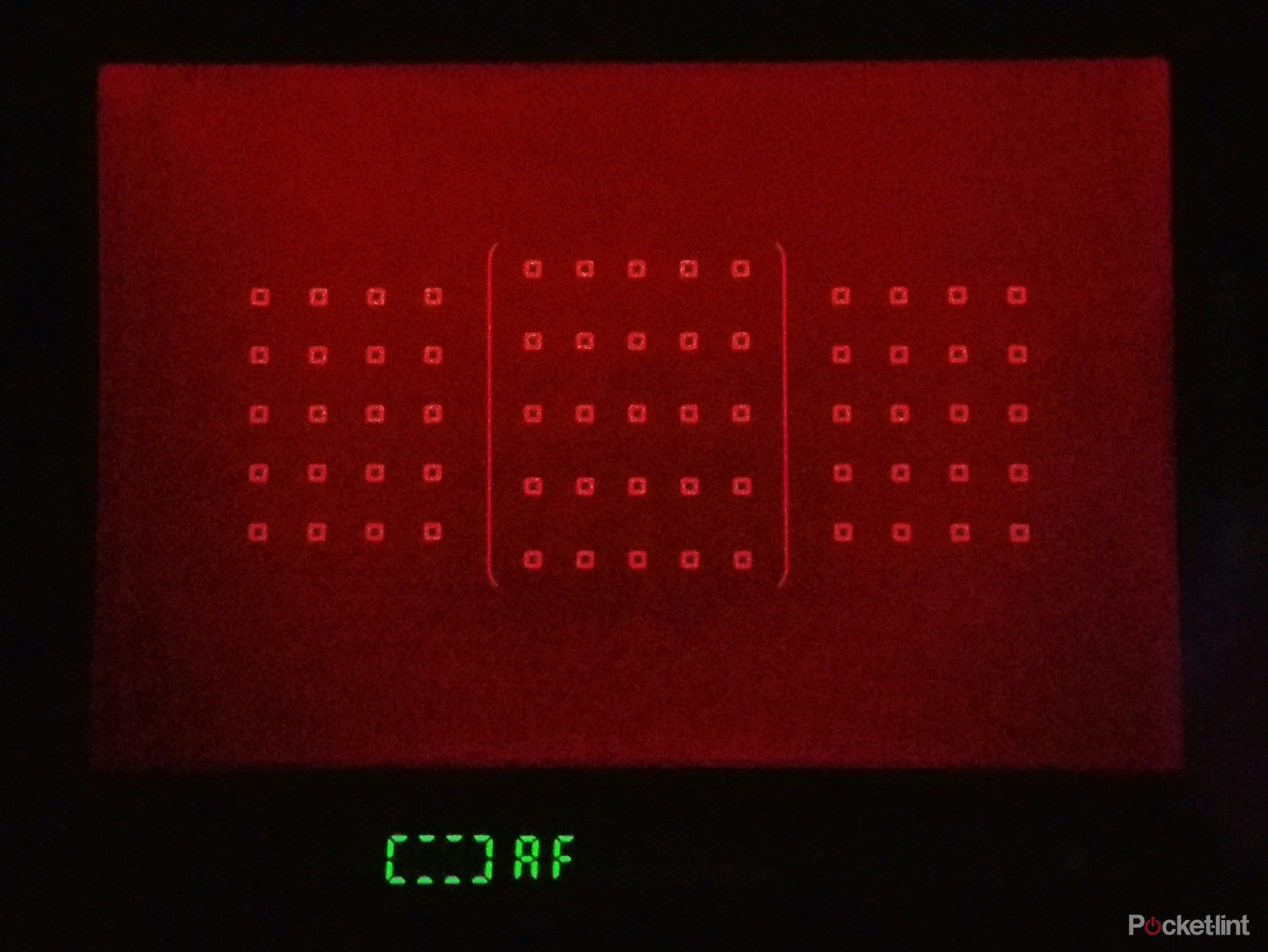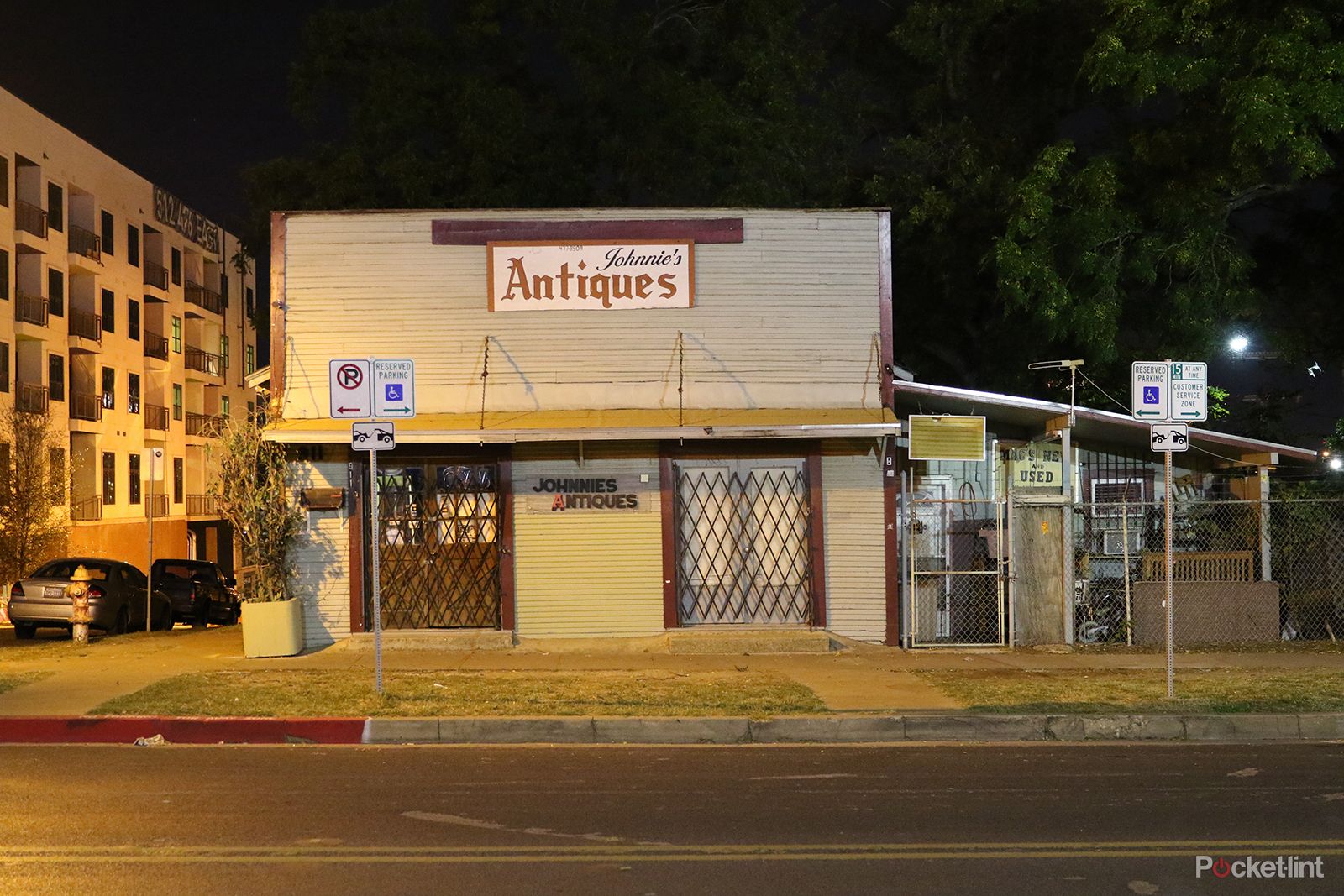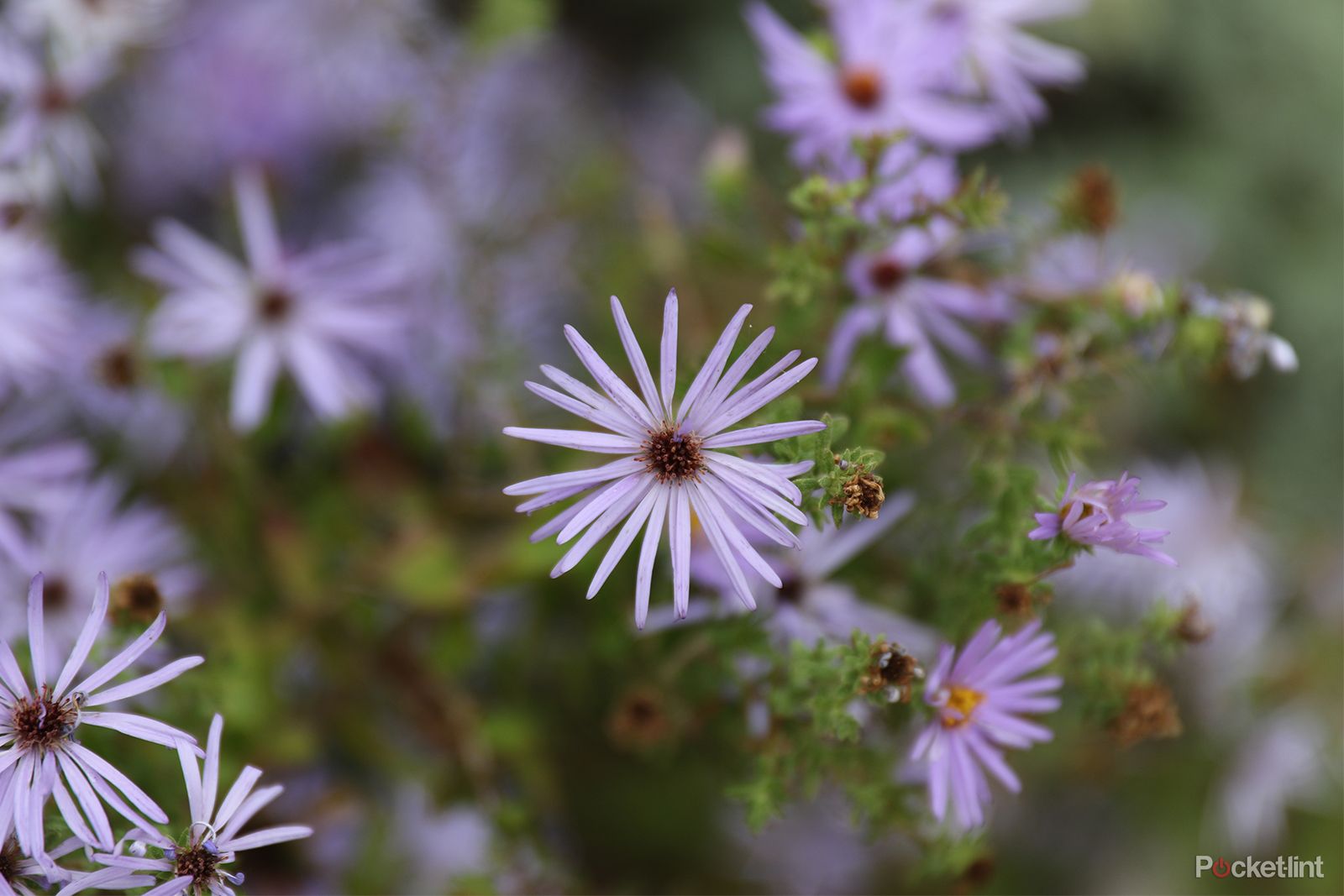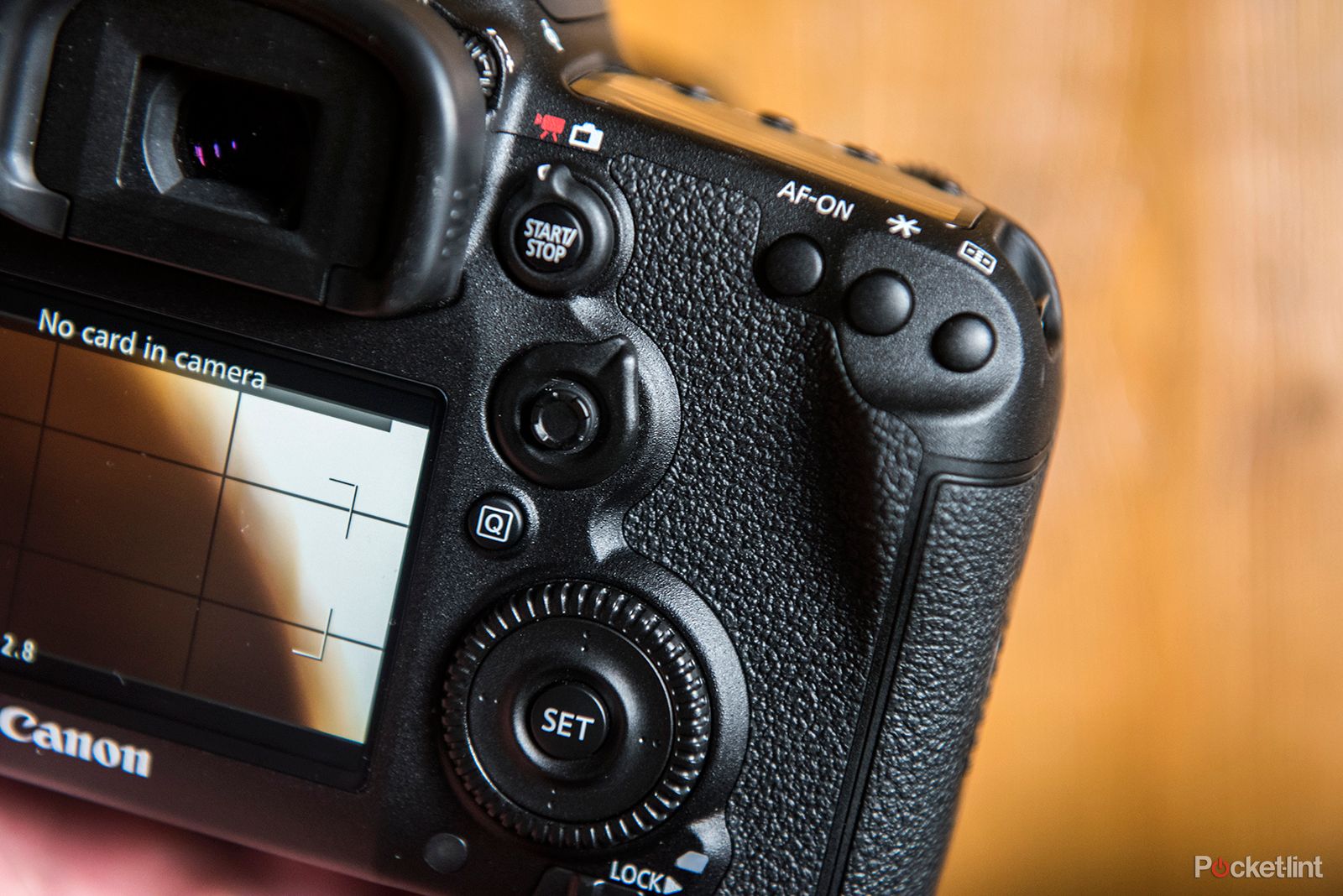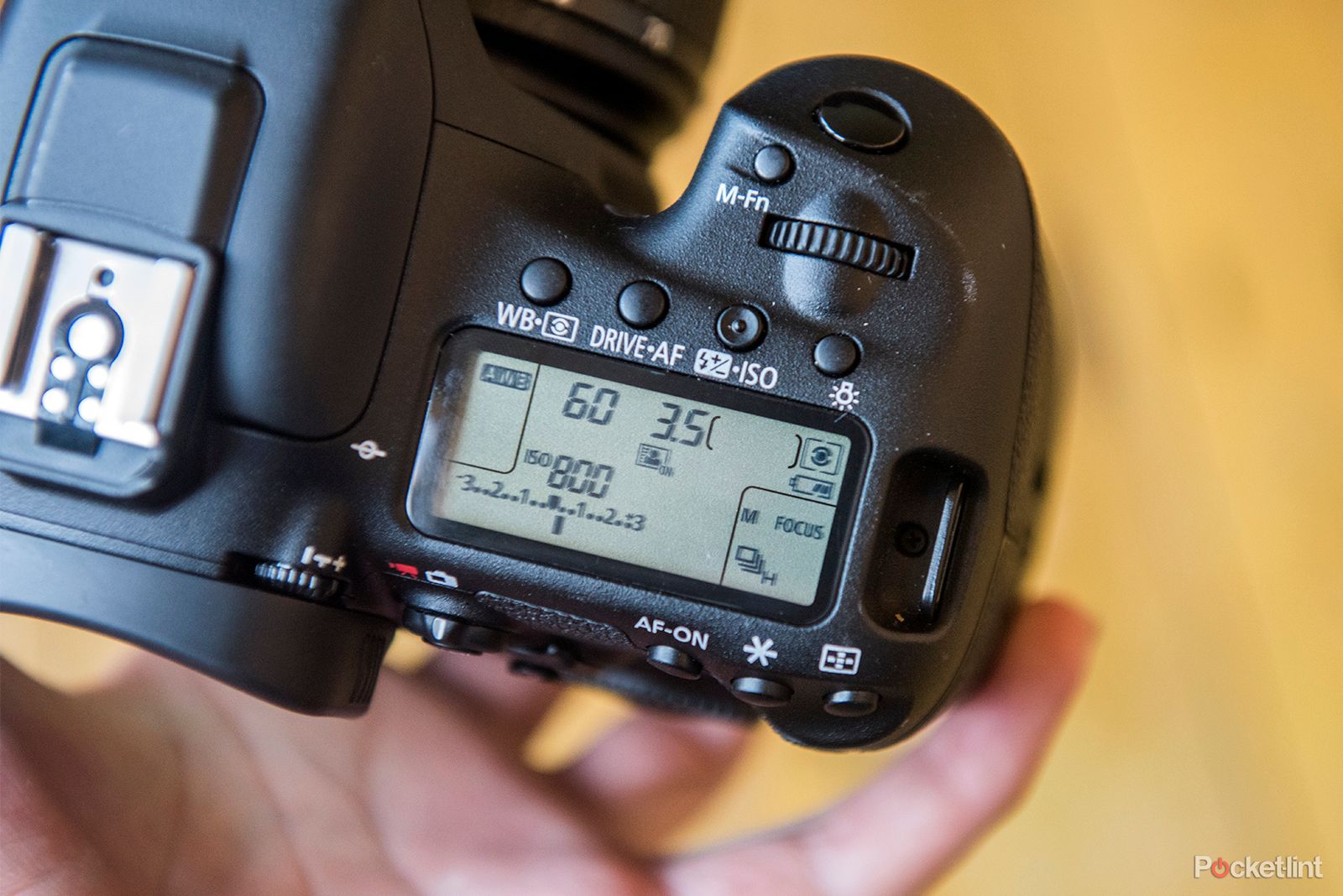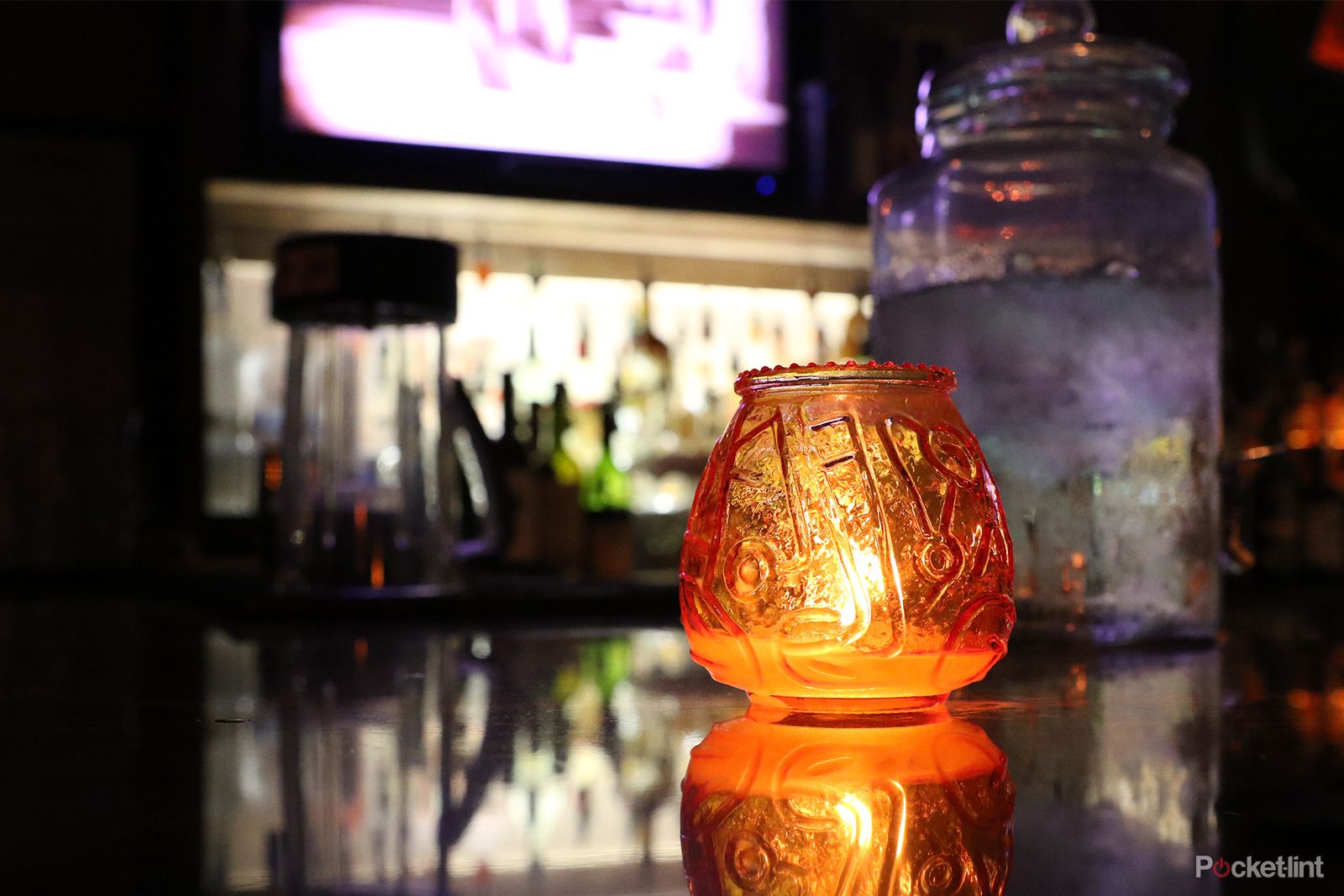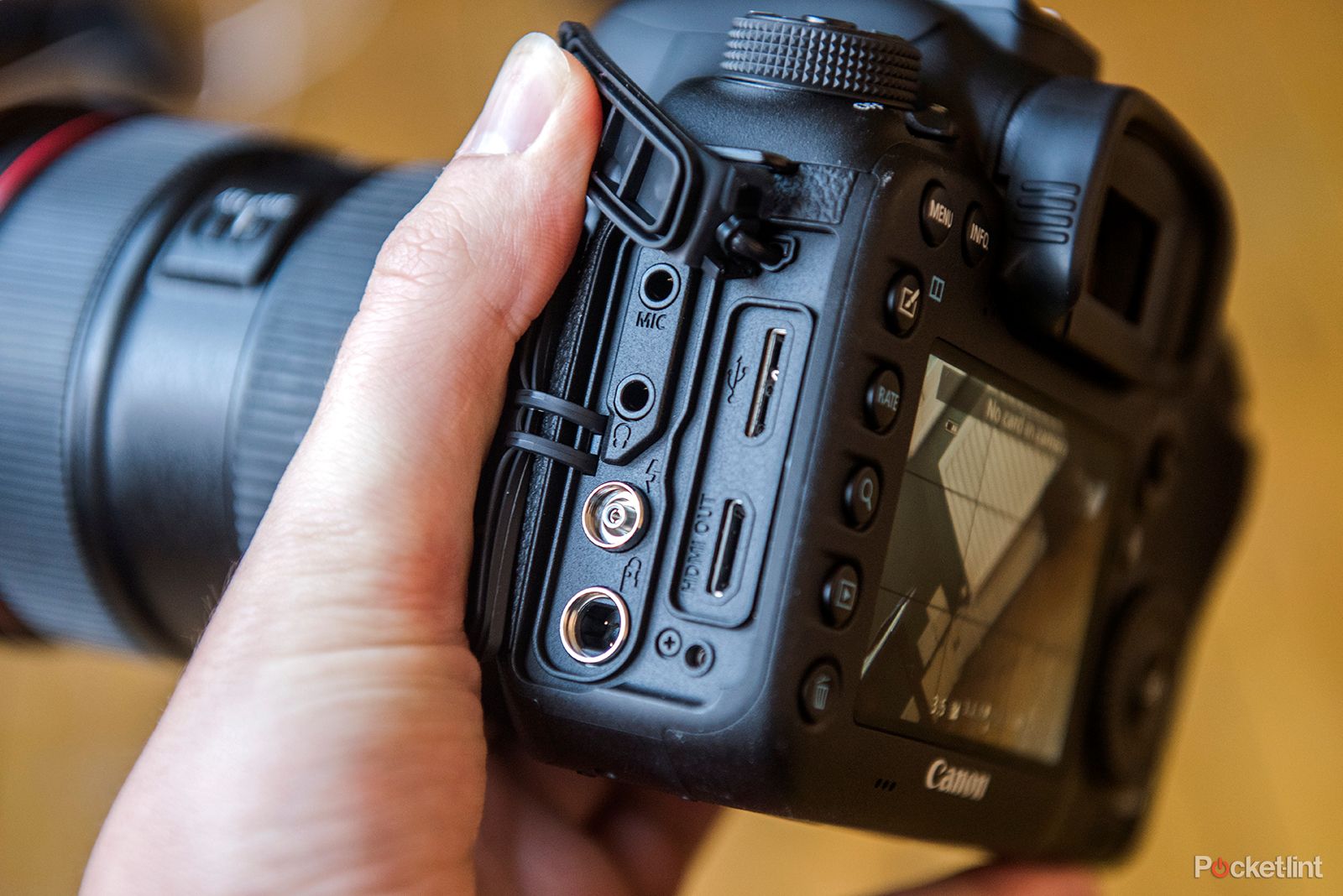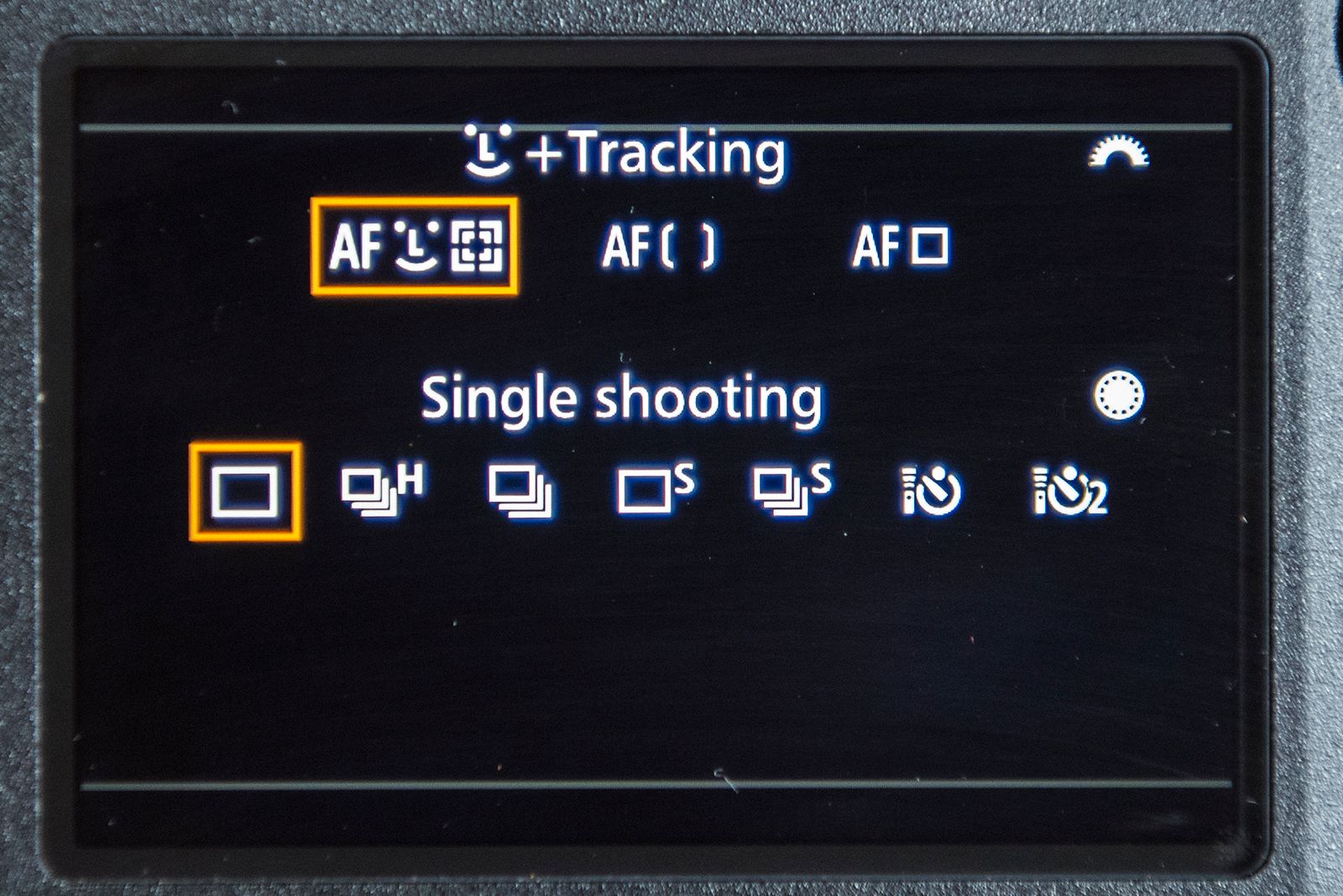To pinch the well-known slogan: good things come to those who wait. And wait we have. For the Canon EOS 7D Mark II is a DSLR that has shunned the typically frequent product cycle, instead taking five whole years to calculate its position in the market.
Our quick take
Let's cut to the chase: we're yet to use an APS-C sensor DSLR camera that's impressed us more than the Canon EOS 7D Mark II. It was definitely worth the wait.
However, those thinking of upgrading from the original 7D who are hoping for a giant leap in image quality might not find as big a jump forward as their mind's desire. The newer model is better and delivers more resolution, but it's a similar story here as it was between 5D second- and third-generations. That said, we can't think of an APS-C sensor that performs better than the 7D MkII, so it's hardly a negative.
There are some feature absences that we would like to have seen on board too, such as a tilt-angle screen, touch-sensitive operation, Wi-Fi integration and 4K video capture. But even these omissions aren't a deal-breaker for us.
Having used the 7D Mark II for a week we've been able to shoot at a gig, in the city in both day and night light conditions, and have come to appreciate just how capable that new 65-point autofocus system is. The battery life is great and better than the official quota, while layout, performance and resulting image quality are all exemplary.
It may have a couple of feature omissions, but this is the camera to show-off just how strong DSLR cameras are in 2014. The Canon EOS 7D Mark II really is the king of quality.
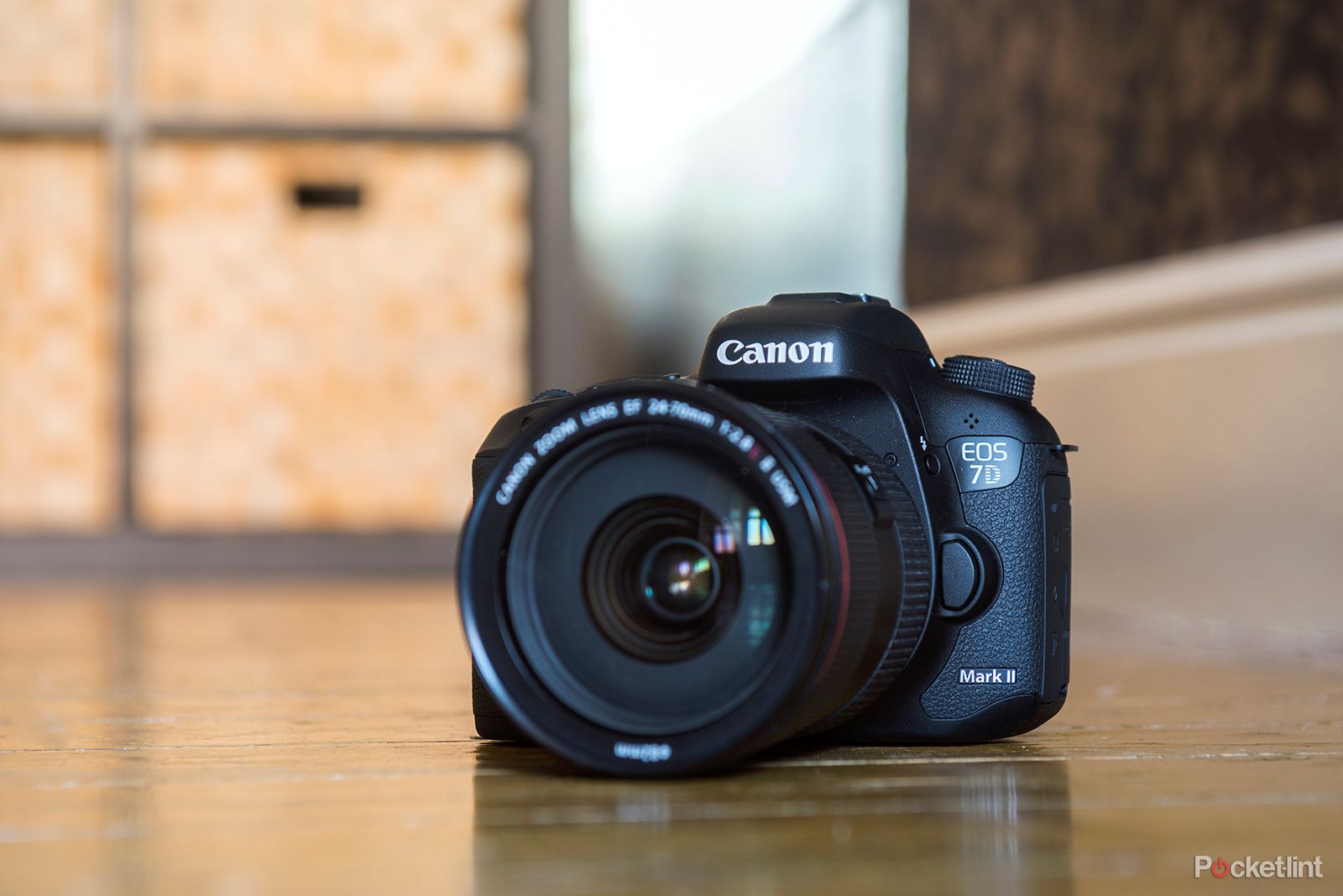
Canon EOS 7D Mark II - 5.0 / 5
| FOR | AGAINST |
|---|---|
|
|
It arrives at a time when such patience is a virtue: the camera market is more divisional then ever before, updates tend to be minor increments, and there's a lot more choice; not to mention newcomers may be tempted by smaller-scale offerings. But the 7D Mark II is a professional-spec tool, the all-out APS-C sensor DSLR camera, designed for those already on board with its first-gen predecessor or to appeal as the all-rounder option for aspiring enthusiasts.
So how does it fare? We've been using the Canon 7D MkII with our go-to 24-70mm f/2.8L lens for over a week out in the deep south of Austin, Texas, to shoot the city both day and night. Is this Canon is the ultimate DSLR workhorse if you're not in the market for a full-frame model?
Tweaked design
Canon has been making cameras for an age, so it's a company with a breadth of experience. Its first DSLR arrived in the year 2000 (preceded by 41 years of film SLR production, no less) and since then it's been tweaking the formula. By the 2009 launch of the EOS 7D, it had already created a DSLR camera that was hard to find any major "fault" with. That, coupled with the original's performance and image quality, is why everyone has been waiting with bated breath for the sequel.
The EOS 7D MkII builds from that solid foundation - but doesn't try to reinvent the wheel. The controls to fall well to the hand, it's weighty but well balanced, large but not unwieldly and gives ample spacing for grip and buttons. Again, it's spot on in that regard - we really can't fault it, except perhaps for the plasticky look of the top panels. Not that we want it emblazoned with diamonds or anything - we'd much rather a long-lasting construction that's going to keep on going through the years.
Indeed many of the Mark II's new additions are subtle: the mode dial now includes a press-and-hold lock switch, there's a toggle selector surrounding the rear joystick (for quick AF adjustment), and a dedicated "Q" quick menu button on the back being the three most notable points.
Beautiful on the inside
Aside from that it's largely what you can't immediately see that boosts the 7D II's appeal: the improved weather sealing, slots for both SD and CF card formats, and a 3.5mm jack for headphones monitoring added into the mix.
The real meat comes from the enhanced systems on board though. There's a brand new 65-point all-cross-type autofocus system, new 150,000-pixel RGB infrared exposure meter, new shutter mechanism (to 200,000 cycles), faster burst mode to 10 frames per second (up from 8fps in the original 7D), and new 20.2-megapixel sensor too.
But it's that autofocus system that really steals the show. Having used every one of Canon's current DSLR cameras, including the top-spec EOS 1D X, we'd say that there's probably no better system available in Canon's arsenal right now. That's down to a number of reasons.
The spread of those 65 autofocus points throughout the viewfinder is enough to cover for pretty much any scenario we can think of - so no issues with an overly central arrangement, as can be the case in some cameras, particularly larger-sensor full-frame models.
Canon EOS 7D Mark II review - 65-point autofocus arrangement through the viewfinder
It's super-fast too. Not that you'll always want to use the full arrangement of 65-points, but even when set to a single point the sensitivity (it's dual-sensitive to f/2.8 (cross-type at f/8.0) at the centre) never failed to whip a subject into focus. From the less-than-ideal crowd position at a Duran Duran gig, for example, we were able to snap Simon Le Bon without issue - well, when there weren't s sea of raised smartphones in front anyway.
Shining in the dark
We've pitched the EOS 7D Mark II against the Nikon D810 and side-by-side both produce exemplary responses in both good and low-light conditions when using the centre point. Technically the Canon has the upper hand here as not only does it have more autofocus points, they are also all cross-type, and therefore all more sensitive in both portrait and landscape orientation. That might get sports photographers extra keen, while the -3EV low-light autofocus ability is roughly as good as it gets these days (the Panasonic Lumix GH4 quotes -4EV sensitivity) for shooting hand-held in moonlight conditions.
We have successfully shot in dim conditions, handheld, without flash, out on the streets of Austin at night - either with only the aid of neon signs, passing car headlights or distant road lighting. It's impressive.
Canon EOS 7D Mark II review - sample image at ISO 6400 - click for full size JPEG crop | raw crop
To get into the nitty gritty of it, there are an abundance of autofocus options available to cater for all kinds of conditions, including the same intelligent tracking and recognition AF system for recognising faces as in the top-spec 1D X model. Principally the single (One Shot) and continuous (AI Servo) options will dominate most people's way of working (there's also the half-way AI Focus) which are selectable from the drive/AF button on the top plate.
From there a press of the AF area button on the back of the camera brings the rear joystick and toggle selector into play. These handle the active focus point's position - or points when in group selection - and cycle through the focus area modes available respectively.
Canon EOS 7D Mark II review - sample image at ISO 100 - click for full size JPEG crop | raw crop
And there are plenty of options: 1-point (with or without centre spot); 5-point expanded area in star-arrangement; 9-point square or 15-point oblong zone arrangements (each over three rows); complete middle (25-point) or left/right (20-point) large array selections; and the full 65-point array in full auto. Whew, now take a breather.
If you have a single point selection but want to select the full 65-point array instead then the new toggle control makes it easy to cycle through the options with the viewfinder still raised to the eye - just hit the AF Area button with a thumb, then slide over to the toggle and thumb that without losing a sturdy grip.
The one gripe we have with the toggle is that it's a one-way experience, so you might need to click forward through six options, and if you miss your desired selection then there's no way to toggle "back" by one. However, the various focus area options can be switched on or off within the menus, so if you only ever want to use single point and 9-point, for example, then the rest can be deactivated. By comparison the Nikon DSLR range - which utilise the thumbwheel controls to cycle through the AF options - works in either direction, forward and back. However, the position of the Nikon AF selector to the lower front left of its high-end DSLR cameras means a less firm grip when adjusting with the camera raised to the eye, something the Canon betters in the 7D MkII's arrangement.
But overall the Canon EOS 7D MkII's autofocus system is an impressive step forward for the series that we've found to rarely falter. Can't say better than that.
Live view speed
Flip the setup into live view to use the rear screen for focus, however, and the autofocus accuracy isn't always on point. The live view system is very fast to focus by DSLR standards, thanks to the use of on-sensor phase detection autofocus points, but sometimes subjects said to be in focus weren't. It's also not as complex as the 65-point system, think of it as a watered-down option for occasional use, such as still life shots, as it's not great with moving subjects.
We would also have really liked the benefit of a touchscreen here to press onto the screen for subject focus, but it remains absent. That rear 3-inch, 1.04m-dot panel is also fixed to the camera, it's not a tilt- or vari-angle panel like some other DSLR competitors offer. Think of the EOS 70D within Canon's own range, or even the Nikon D750 if you're after a full-frame camera with a tilt-angle screen.
Now these qualms won't be a deal-breaker for many stills photographers, or those who are used to having a DSLR glued to a single eye, but considering the 7D Mark II's push in the video capture department - more on that later - some will see these points as lacking.
Image quality
The big kahuna. The core principal behind any camera purchase. Yep, it's image quality time. We'll preface by saying that we've been blown away by the 7D II's overall capability in a wide range of conditions.

Canon EOS 7D Mark II review - sample image at ISO 3200 - click for full size JPEG crop | raw crop
Our only real gripe - if it can be called that - is that the resulting image quality is the kind of push forward that we saw from EOS 5D MkII to 5D MkIII: i.e., not a seismic shift from one model to the next. In resolution terms the 20-megapixels on board the 7D II is close to Canon's saturation point and we weren't expecting any more, nor do we think it would be entirely necessary in a camera such as this. That's partly testament to the saturation of current technology.
But in context it doesn't really matter: we can't think of an APS-C camera that produces better images. And that's what's really important. Paired with the 24-70mm f/2.8L II USM lens we've had glorious sharpness, limited distortion, and no nasty colour aberrations to speak of even right through to the edges of the frame.
As the 7D II utilises an APS-C sensor there are a huge range of Canon EF-S lenses available, all of which will provide ample coverage for a sensor such as this. The size of the sensor does introduce a 1.6x crop factor, though, meaning that 24-70mm lens is closer to a 38-112mm equivalent - useful for a longer reach, but not so good for wide-angle - and is part of the reason corner sharpness was great in our experience (this particular L lens covers a full-frame image circle).

Canon EOS 7D Mark II review - sample image at ISO 125 - click for full size JPEG crop | raw crop
The shots coming out of the camera from ISO 100 were super crisp and typically well exposed, although this new 150,000-pixel metering sensor can be fairly unforgiving if you leave metering set to the default evaluative option - something we're all too guilty of. Shooting a gig was the clearest example of this, with the spot-lit lead often being over exposed - something catered for by adjusting to spot meter, obviously - but showing that no matter how many pixels a metering sensor has, it will function as it's designed to, not based on the subjective content of an image.
Colours are rich and sumptuous throughout much of the ISO range, including into the upper four-figure echelons on the range - which is impressive, given how much colour can otherwise diminish for the sake of imposing images noise and image processing. Even ISO 3200 shots maintained rich reds and blues.
And it's these high ISO settings that really take the biscuit. The depth to blacks that's still achieved at ISO 6400 is mighty impressive, with little colour noise present. Handheld shots taken at night are delivered with clarity, and while it's not perfection to all subject edges, as there's some obvious processing to counter image noise, the 7D II's results are with little compare.
Canon EOS 7D Mark II review - sample image at ISO 4000 - click for full size JPEG crop | raw crop
However, as Adobe Camera Raw is not yet compatible with the 7D MkII we're yet to see the true ability of its raw files. Although Canon's Digital Photo Professional 4 will cater for basic needs, and has its uses, it's not a patch on how much control Adobe offers in its software. We've converted all files in the Canon software and it has highlighted that some default processing remains, given how similar both raw and JPEG appear by default throughout the range - although the raw files often having an extra lick of detail.
We'll be digging deeper when the ACR update is released... whenever that may be. If you shoot raw then you might want to wait for that to become available before considering buying the Mark II, as we've found its absence a frustration and are sure many other photographers will feel the same.
Canon EOS 7D Mark II review - sample image at ISO 200 - click for full size JPEG crop | raw crop
So even if the second-generation 7D isn't a gigantic leap forward that boosts image quality by half a dozen stops, it's still strong enough to assert the 7D Mark II as the best APS-C DSLR camera that we've seen. It won't surpass a full-frame model, but it won't fail to impress either. Even if it represents the apparent ceiling of current image quality.
Bells and whistles
There are plenty of additional features worthy of mention too. The Canon EOS 7D Mark II has integrated GPS for geo-tagging images, but, oddly, no built-in Wi-Fi. There is a USB 3.0 port, though, for speedy transfer of files over a wired connection. The GPS can be set to update its position at intervals from every second through to every five minutes, includes a digital compass and GPS Logger - each of which can be disabled as desired.
However, the absence of Wi-Fi may be no bad thing in terms of battery consumption. With casual use over a whole week we've not needed to charge the 7D MkII once. At final count, and with 10 per cent battery charge remaining, the Battery Info section in the menus told us that we'd fired the shutter 821 times. That use includes lots of playback, settings adjustment and plenty of stand-by time - it outperforms the quoted 670 shots per charge by a significant margin. That's the power of the new LP-E6N battery on board.
The last major feature is video capture, which is available at up to Full HD (1920 x 1080) at 60/50fps depending on NTSC and PAL settings. There are also 30/25/24 options, with the cinematic 24fps mode needing to be activated within the menus - and once it is, the other frame rate options vanish from the menu.
Now for the extra geeky bit. Output is available in MOV and MP4 formats (standard IPB for the higher frame-rates, using the H.264 codec; ALL-I is available at 30/25/24fps only), and a 10-second clip at 50fps came in at around 77MB, so roughly around the 61Mbps mark. That's beyond the crucial 50Mbps threshold for broadcast quality. Drop to 24fps ALL-I and a similar clip will grow to 110MB, seeing it close to knocking on the door of 100Mbps. Or the HDMI output can be used to deliver full uncompressed (4:2:2) output - but there's no 4K option, which is a shame - which may be essential for some high-end work, particularly some professional clients.
If you don't want to go fully manual for focusing then autofocus options come in face tracking or FlexiZone Multi/Single forms. It works as well as is does in live view, which means good performance for a DSLR - but moving subjects can still outsmart the system in our view. Pros will likely rig-up and use manual focus pulls anyway.

